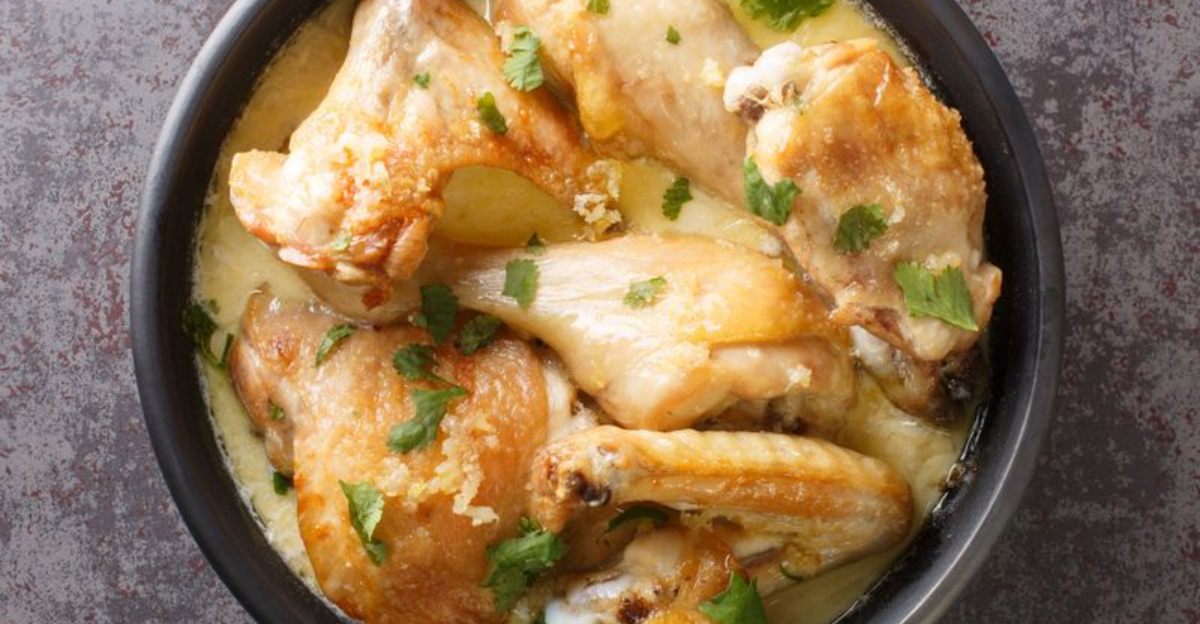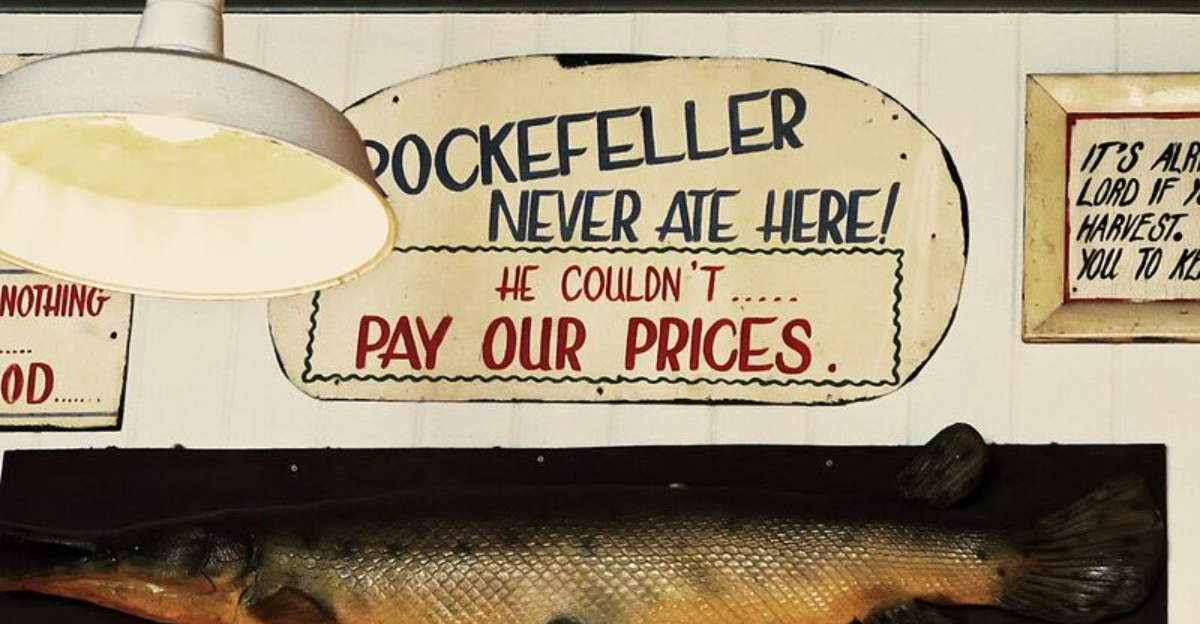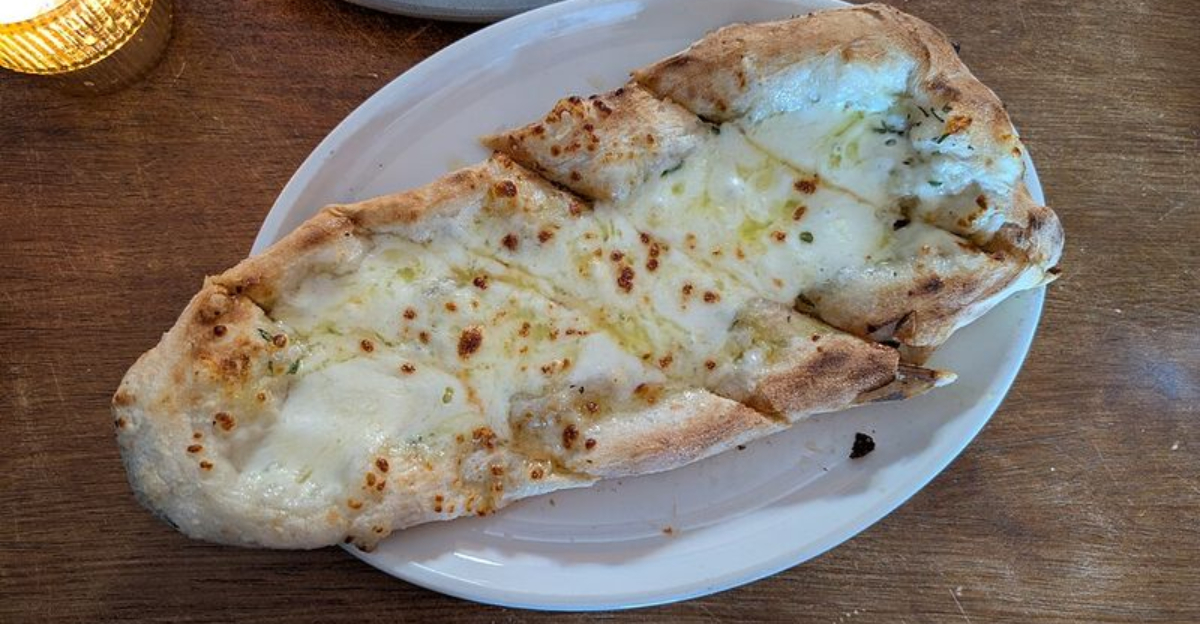Global Cost Of A McDonald’s Meal Compared Across The World
Ever wonder why your Big Mac costs more than your friend’s in another country?
McDonald’s operates in over 100 countries, but the price of a meal can swing wildly depending on where you are.
Economic factors like wages, rent, and currency strength all play a role in what you’ll pay at the counter.
1. United States

Back home in America, a standard Big Mac meal will set you back around $9 to $10 in most cities. Prices can climb higher in places like New York or San Francisco where everything costs more.
When you factor in regional differences, some states charge less while others make you dig deeper into your wallet. Americans eat fast food frequently, so McDonald’s keeps prices competitive to maintain its massive customer base.
2. Switzerland

Brace yourself because Switzerland holds the crown as one of the priciest places to grab a Big Mac meal, often exceeding $15. High wages and steep living costs push fast food prices through the roof.
Even though McDonald’s is supposed to be budget-friendly, Swiss residents pay premium rates. Workers earn more money here, so restaurants must charge higher prices to cover labor expenses and maintain profitability in this wealthy nation.
3. Norway

Right up there with Switzerland, Norway charges around $13 to $14 for a Big Mac combo. Scandinavian countries are famous for high wages and generous social benefits, which translate to expensive dining.
If you’re traveling to Oslo, prepare your wallet accordingly. Fast food isn’t exactly a bargain when minimum wage workers earn substantially more than in other countries, making operational costs soar sky-high.
4. Japan
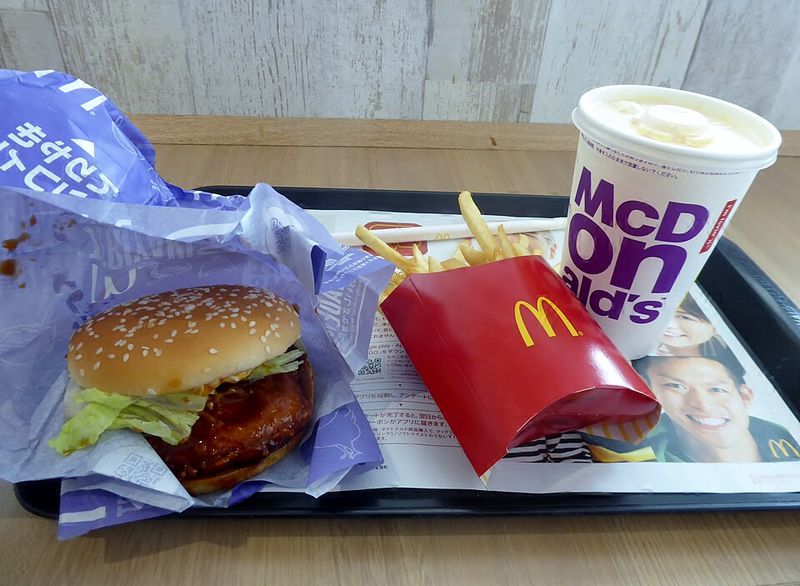
Across the Pacific in Japan, you’ll pay roughly $6 to $7 for a Big Mac meal, which is pretty reasonable considering the quality. Japanese McDonald’s locations are known for cleanliness and efficiency that put many other countries to shame.
Menu items sometimes feature unique local flavors like teriyaki burgers. Prices remain moderate because competition among fast food chains keeps everyone honest and affordable in busy urban centers.
5. India
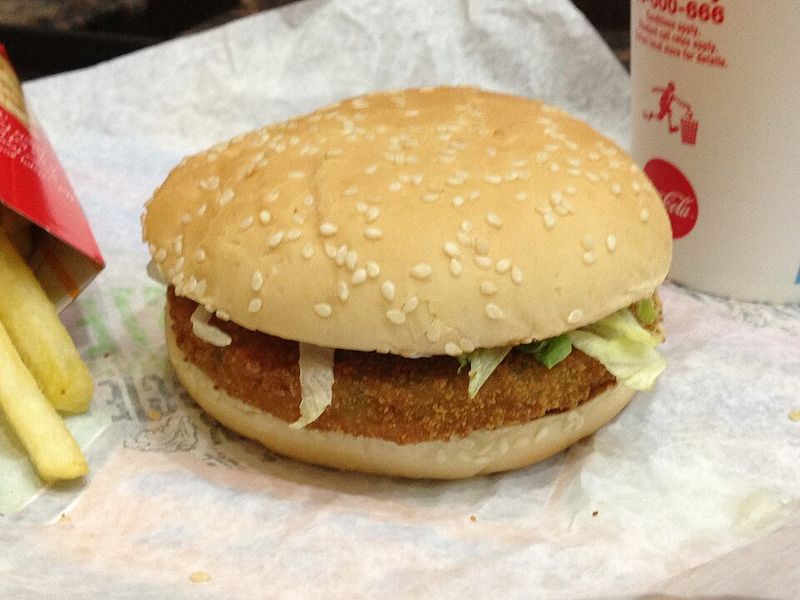
Head to India and you’ll discover McDonald’s meals cost just $3 to $4, making it one of the cheapest places globally. Menu adaptations include vegetarian options like the McAloo Tikki burger since many Indians avoid beef.
Lower wages and purchasing power mean McDonald’s adjusts prices dramatically downward. What seems like pocket change to Western tourists represents a more significant expense for local customers earning average Indian salaries.
6. Egypt
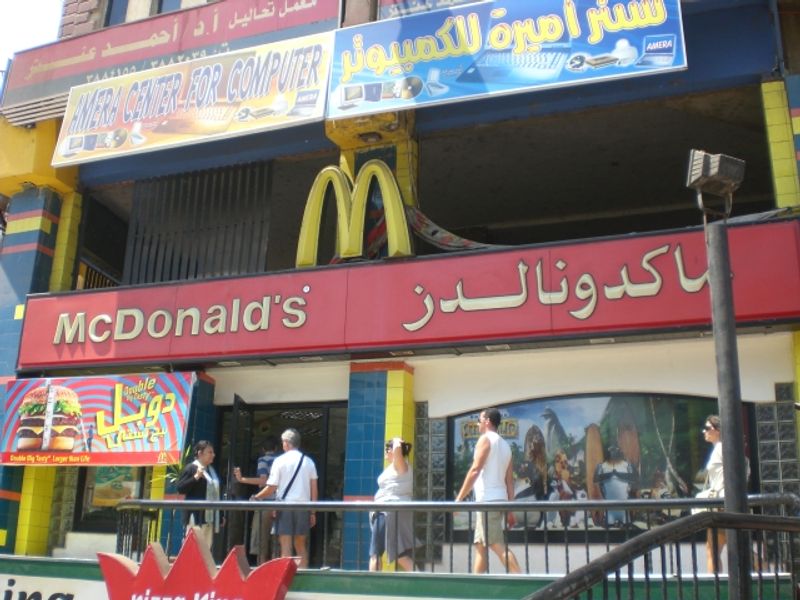
Egyptian McDonald’s lovers enjoy some of the lowest prices worldwide, paying around $2.50 to $3.50 per combo meal. Economic challenges and lower average incomes require aggressive pricing to attract customers.
Currency fluctuations can make meals even cheaper for tourists exchanging dollars or euros. While prices are budget-friendly, quality remains consistent with global standards, offering hungry Egyptians an affordable treat when they crave American-style fast food.
7. United Kingdom
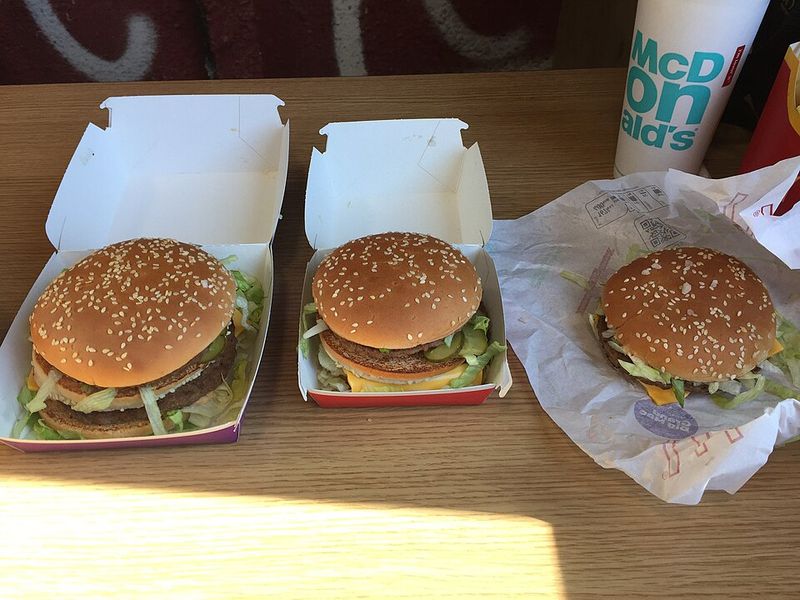
Across the pond in Britain, a Big Mac meal costs approximately $7 to $8, positioning it somewhere between budget and premium. London prices tend to run higher than smaller towns and countryside locations.
Brexit and inflation have nudged prices upward recently, making fast food less of a steal than before. British customers still flock to McDonald’s for convenience, though many grumble about rising costs in online reviews and social media.
8. Germany
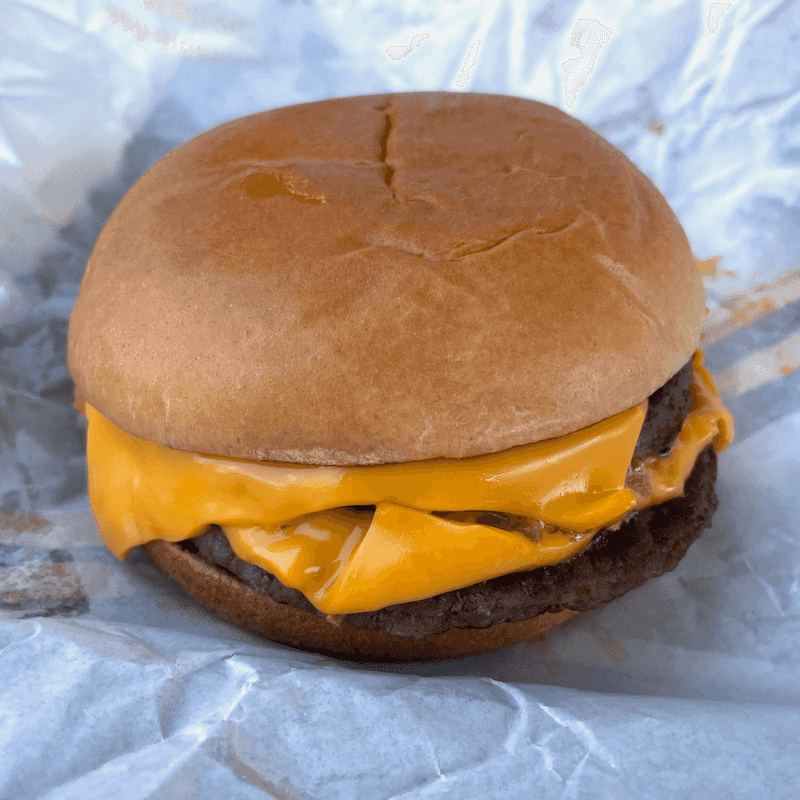
German McDonald’s meals hover around $8 to $9, reflecting the country’s strong economy and decent wages. Efficiency runs deep in German culture, so service is typically quick and orderly.
Menu options include popular local favorites alongside classic American items. Prices stay competitive with other European nations, though Germany’s robust purchasing power means residents don’t feel the pinch as much as people in lower-income countries might experience.
9. France

Bonjour, burger lovers! In France, expect to pay about $9 to $10 for your Big Mac combo, especially in tourist-heavy Paris. French McDonald’s outlets often look fancier than American ones, with stylish interiors and table service options.
The country is known for gourmet cuisine, yet McDonald’s thrives here. Higher labor costs and rent in prime locations contribute to elevated prices that make fast food less “fast” on your budget.
10. Canada

Just north of the border, Canadians pay around $8 to $9 CAD for a Big Mac meal, which converts to slightly less in US dollars. Regional variations exist between provinces, with Vancouver and Toronto commanding higher prices.
Cold winters don’t stop Canadians from loving their fast food fix. Menu items sometimes include poutine, a delicious Canadian specialty that you won’t find south of the border at American locations.
11. Australia
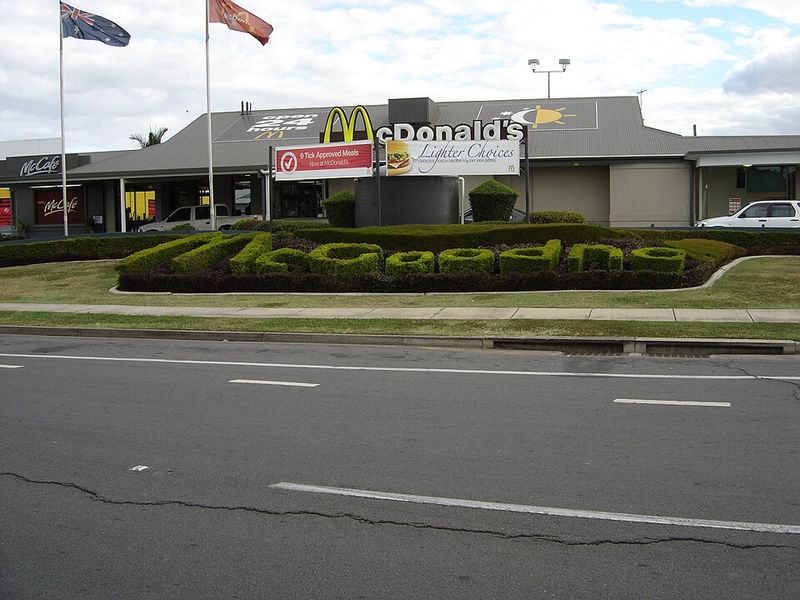
Down under, Aussies shell out approximately $9 to $10 AUD for a Big Mac combo, reflecting high minimum wages and living costs. Major cities like Sydney and Melbourne charge more than regional areas.
Although McDonald’s charges premium prices, it remains wildly popular among Australians seeking quick meals. Workers earn decent hourly rates, so the company must price accordingly to cover payroll and maintain profitability in this competitive market.
12. Brazil

Brazilian Big Mac meals cost around $5 to $6, making them relatively affordable compared to developed nations. Economic instability and currency fluctuations can cause prices to shift more dramatically than in stable economies.
Menu adaptations include tropical flavors and regional preferences. McDonald’s serves as an aspirational dining choice for many Brazilians, representing a taste of American culture and global connectivity in this vibrant South American nation.
13. South Korea
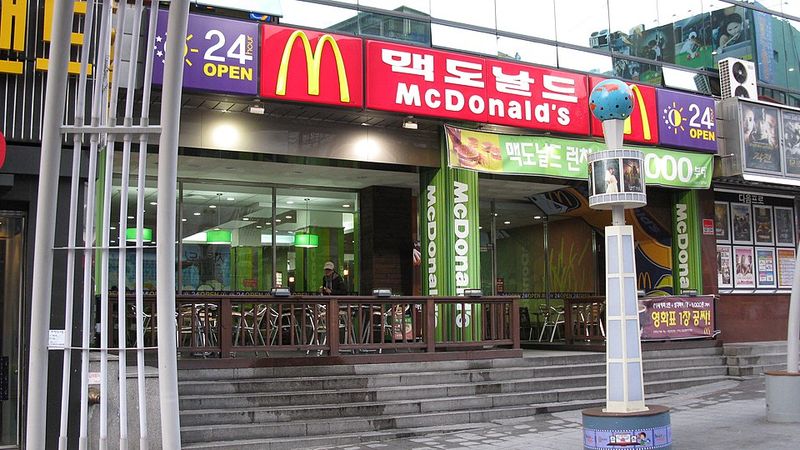
K-pop fans visiting Seoul will find Big Mac meals priced around $6 to $7, which is reasonable given the country’s developed economy. Korean McDonald’s locations often feature high-tech ordering kiosks and mobile app integration.
Competition from local fast food chains keeps prices in check. Menu items sometimes showcase Korean flavors like bulgogi burgers, blending Western fast food with traditional tastes that appeal to local customers.
14. Mexico
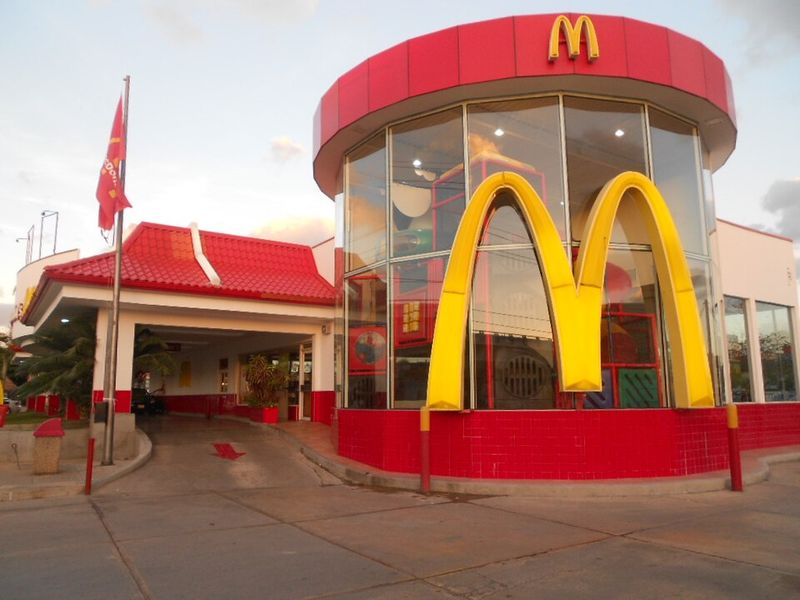
South of the Rio Grande, Mexican customers pay just $4 to $5 for a Big Mac combo, making it quite budget-friendly. Lower wages and purchasing power necessitate affordable pricing to attract customers.
Menu items often include spicy options and jalapeño toppings that cater to local tastes. While inexpensive by international standards, McDonald’s still represents a popular dining choice for Mexican families seeking convenient, familiar meals.
15. South Africa
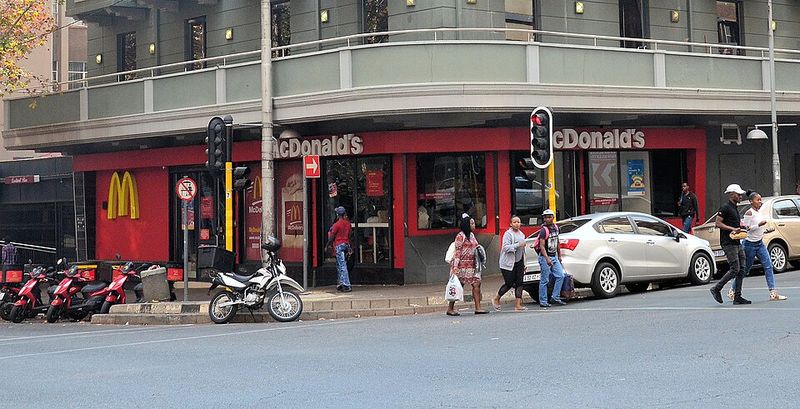
Safari enthusiasts stopping at South African McDonald’s will pay approximately $4 to $5 for a Big Mac meal. Economic challenges and currency weakness against major currencies keep prices relatively low.
Menu offerings sometimes include unique items tailored to local preferences. While affordable by Western standards, prices represent a more significant expense for average South African earners navigating economic inequality and unemployment challenges.
16. Sweden
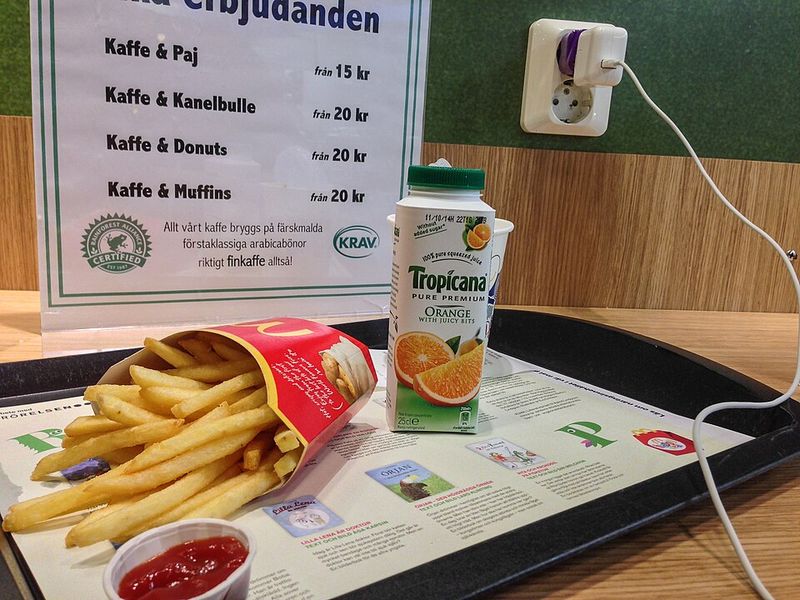
Swedish Big Mac meals run about $11 to $12, placing Sweden among the pricier European nations. High taxes and generous welfare systems contribute to elevated costs across all sectors, including fast food.
Quality standards remain excellent, with clean facilities and efficient service. Swedes earn substantial wages, so while prices seem steep to tourists, locals can afford occasional McDonald’s visits without breaking their carefully managed budgets.
17. Russia
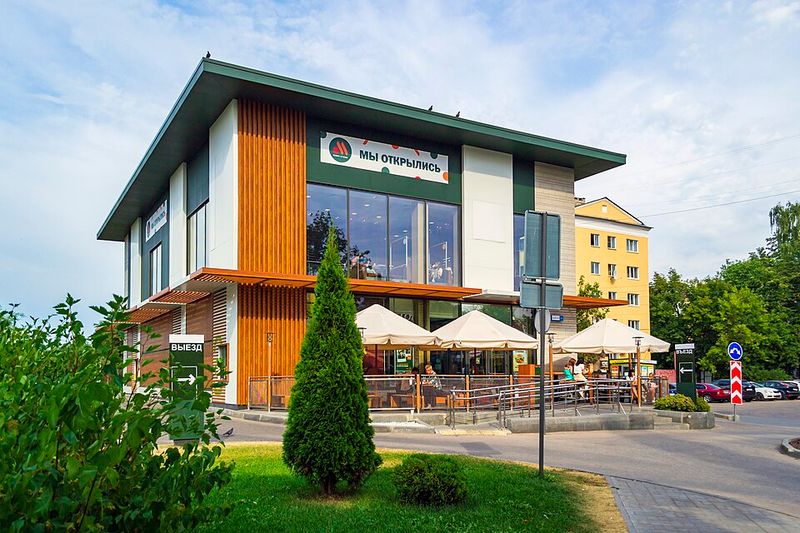
Before recent geopolitical events, Russian Big Mac meals cost around $3 to $4, making them quite affordable. Currency devaluation and economic sanctions have created pricing volatility and uncertainty.
McDonald’s had hundreds of locations across Russia, serving as a symbol of Western culture. Political tensions and business decisions have dramatically altered the fast food landscape, leaving many Russians nostalgic for their favorite burgers and fries.
18. China
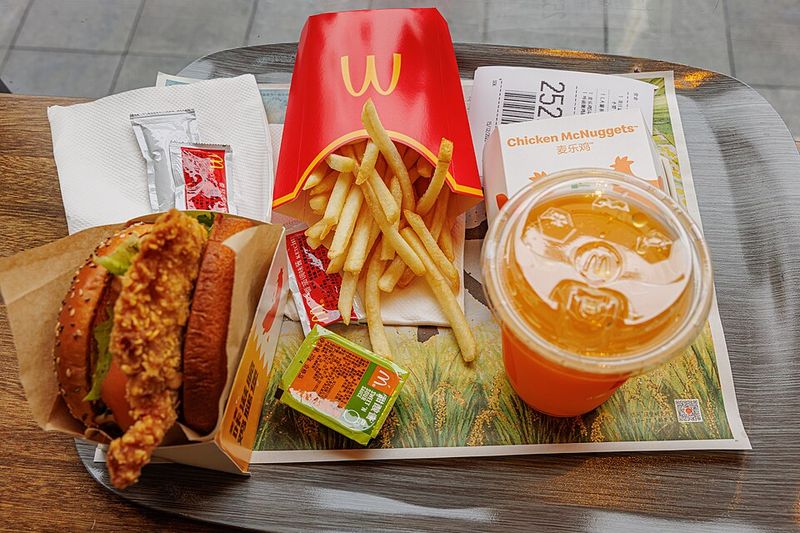
Chinese customers pay roughly $5 to $6 for a Big Mac combo, reflecting the country’s growing middle class and rising wages. Urban centers like Beijing and Shanghai charge more than smaller cities.
Menu items include congee and taro pie, catering to local tastes. McDonald’s competes fiercely with local chains and traditional eateries, keeping prices competitive while maintaining the American brand identity that attracts curious Chinese consumers.
19. United Arab Emirates
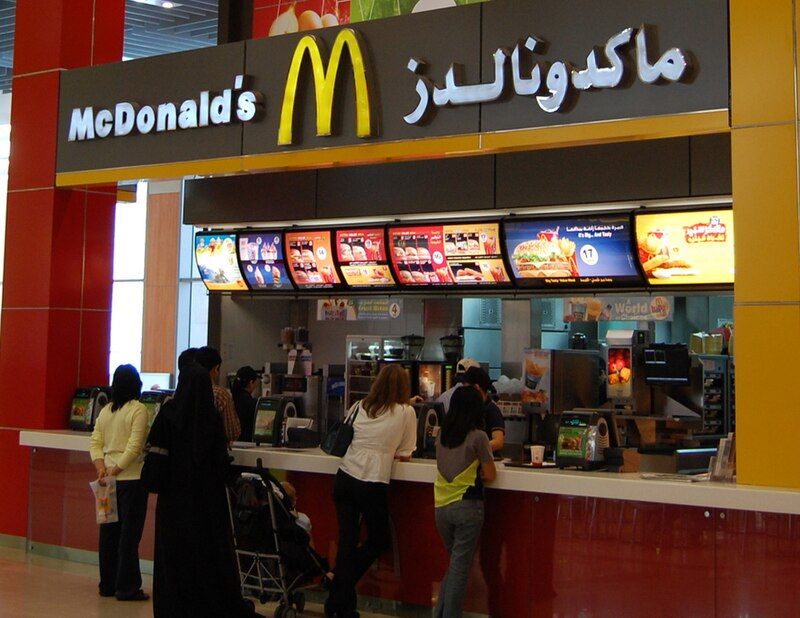
Glittering Dubai offers Big Mac meals at around $7 to $8, which is moderate considering the city’s reputation for luxury. Oil wealth and high expatriate populations create unique market dynamics.
McDonald’s locations often feature upscale interiors and premium service. While not the cheapest option, prices remain accessible to both wealthy locals and middle-class expatriate workers seeking familiar comfort food in this cosmopolitan desert metropolis.
20. Argentina
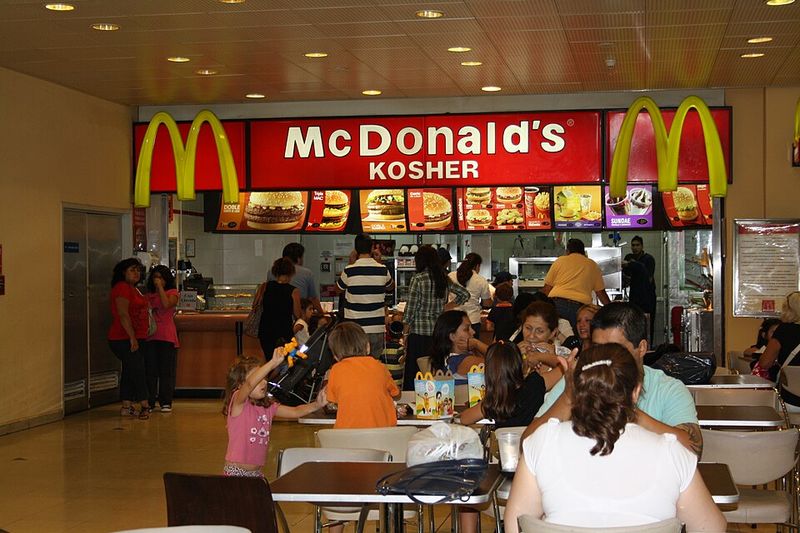
Tango lovers in Buenos Aires face wildly fluctuating Big Mac prices due to rampant inflation, currently around $5 to $7. Economic instability makes pricing unpredictable month to month.
Currency devaluation means prices that seem cheap to tourists feel expensive to locals earning pesos. McDonald’s remains popular despite economic challenges, offering Argentines a taste of global culture amid financial turbulence and uncertainty about future costs.
21. Thailand

Tropical Thailand offers Big Mac meals at approximately $4 to $5, making fast food accessible to locals and tourists alike. Bangkok locations stay busy with hungry customers seeking air-conditioned refuge.
Menu items include spicy options and rice-based meals tailored to Thai preferences. Street food competition keeps McDonald’s honest with pricing, though the brand appeals to younger Thais seeking modern, Westernized dining experiences.
22. Poland
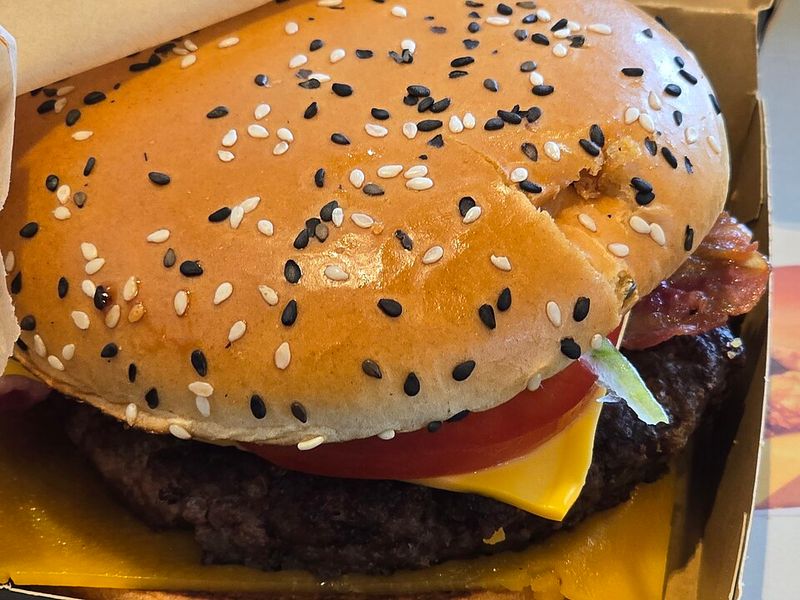
Polish customers enjoy relatively affordable Big Mac meals at $5 to $6, reflecting the country’s developing economy. Major cities like Warsaw charge slightly more than rural areas.
McDonald’s has expanded rapidly across Poland since communism ended. Growing wages and EU membership have boosted purchasing power, making fast food an increasingly common choice for busy Polish families and young professionals seeking convenient meals.
23. Turkey
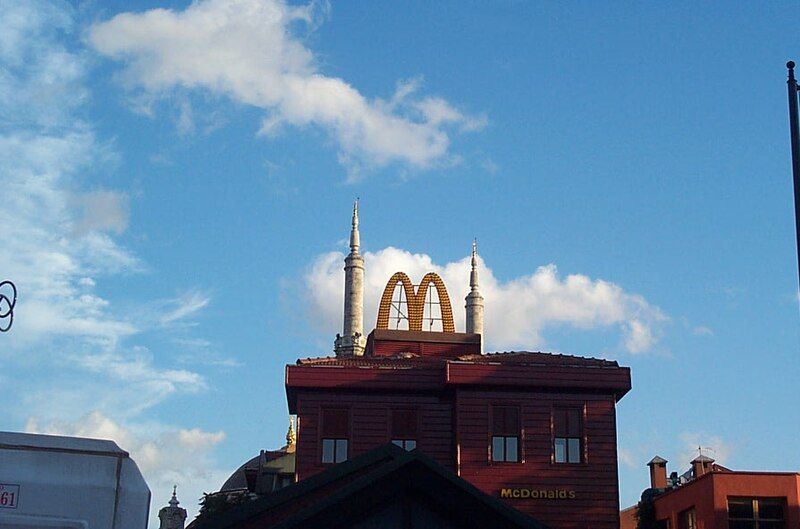
Istanbul’s Big Mac meals cost around $4 to $5, though currency instability creates pricing uncertainty. Economic challenges and lira devaluation have made imported ingredients more expensive.
McDonald’s competes with delicious local street food like kebabs and simit. While traditional culinary pride remains strong, younger Turks embrace fast food culture, viewing McDonald’s as a modern, international dining option that connects them to global trends.
24. Indonesia
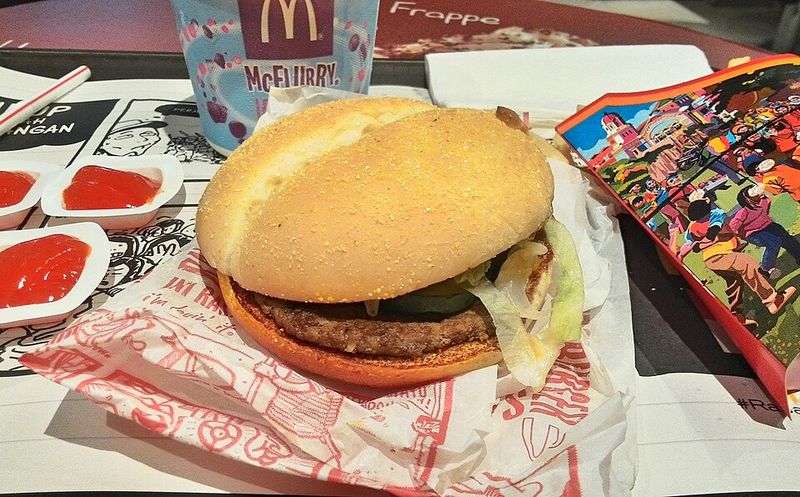
Indonesian Big Mac meals run about $3 to $4, making them affordable for the growing middle class. Menu adaptations include rice-based options and spicy sambal sauces.
Lower wages push McDonald’s to keep pricing highly competitive in order to draw customers. Strong competition from outstanding local street food exists, yet the golden arches stay popular among Indonesian youth drawn to trendy, Western-style dining experiences across bustling cities such as Jakarta.
25. New Zealand
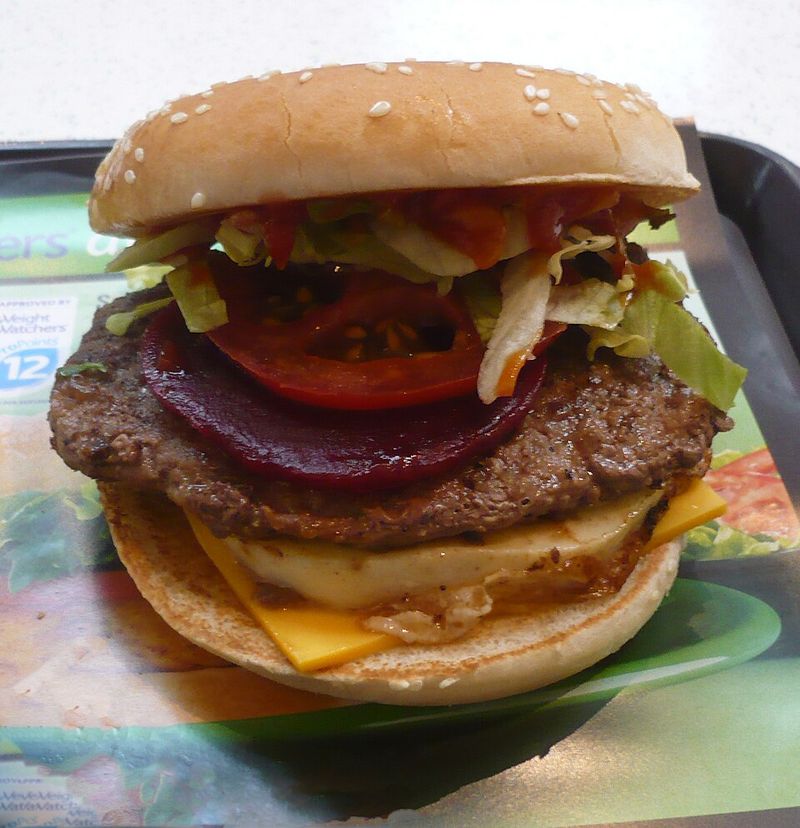
Kiwis pay approximately $8 to $9 NZD for Big Mac meals, similar to Australian pricing. Remote location and small population mean higher import costs and limited economies of scale.
Despite premium prices, McDonald’s thrives in New Zealand cities. High minimum wages and quality standards ensure workers earn decent pay, but customers foot the bill through elevated menu prices that reflect true operational costs.



